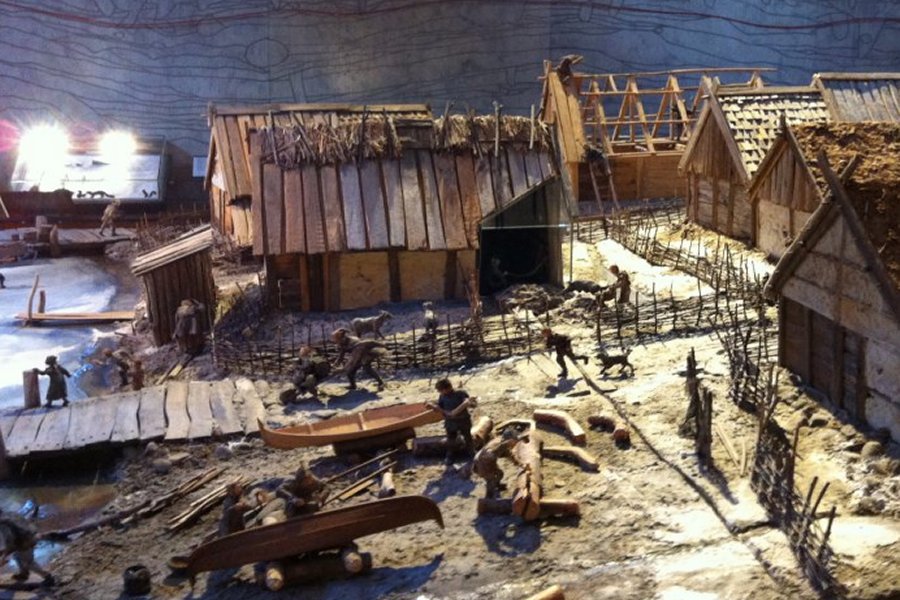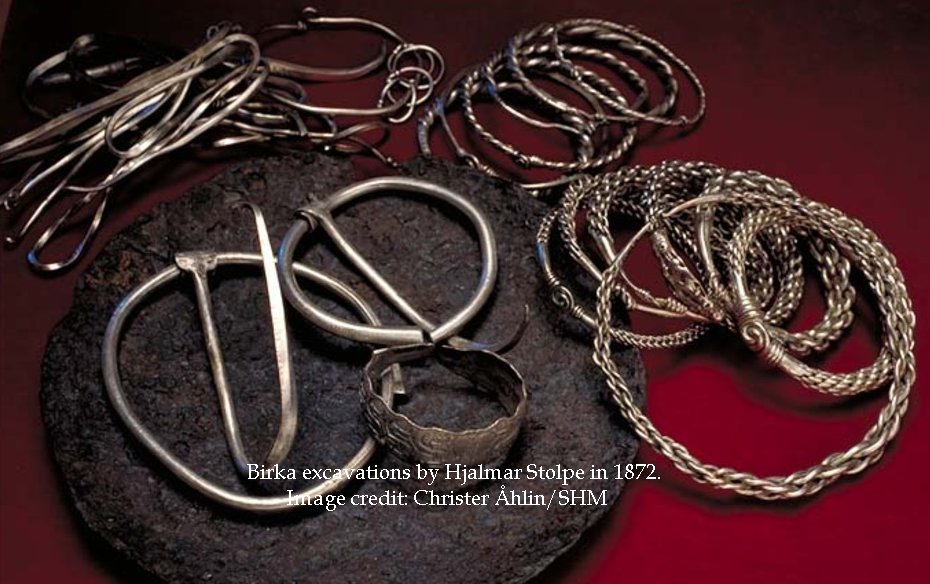Birka: Major Trading Center During The Viking Age
A.Sutherland - AncientPages.com - Established in the middle of the 8th century, Birka was an important trade hub for goods from Scandinavia, Central, and Eastern Europe, and the Orient.
It was also the site of the first Christian gatherings in Sweden, organized in 831 by Saint Ansgar, a nobleman, later Archbishop of Hamburg-Bremen, who preached and made converts for six months at Birka.
Birka spread over 32 acres and was located on the island of Björkö (‘Birch Island’) on Lake Mälaren, Ekerö, Sweden.
The town had a perfectly secured natural position and guarded by a large, 100 ft (c. 30 m) high mass of rock on its western side.
Additionally, there was a rampart of stone and earth about 20 – 40 feet (6-12 m) wide that ran in an arc from north, south, and east. Both structures protected inhabitants and enabled observations of approaching enemy ships for many miles in all directions. Birka was walled in the 10th century and there were timber watch towers all linked together by a palisade about 6 ft (1.8 m) high.
The place started as a marketplace for local commerce especially focused on the fur trade and within a period of 25 years, it experienced the rapid increase of Viking trade that through waterways surrounding Birka, spread to England, Frisia, to east and south.
The trading town was governed by a representative of the king, in fact, throughout the 9th century several kings are mentioned in Birka, but the extent of their control over this trading town is unknown. It is also unknown which king built the town.
About the 10th century, Birka had approximately 1,000 inhabitants. It had its own Thing, Viking law and order, based on the so-called Thing system. A Thing was the governing assembly made up of the free people of the community. Each community had its own independent Thing where all free Vikings could gather to make law, make decisions and resolve disputes.
The major source of Birka’s prosperity was the fur trade; ships transported fur to many countries in Europe and further to Caliphate in Baghdad. The Vikings traveled east into the Gulf of Finland and continued on the Volga River of Russia, or south to flourishing Gotland and Hedeby. Goods such as iron, horn, and amber were exchanged for silver coins, the coins were usually melted down and turned into jewelry; luxury goods such as silk, glass, and spices were also exchanged.
Strangely, the town was abandoned and ceased to exist as a manufacturing and commercial center around 960 AD but the island of Björkö was continuously inhabited. Another town, Sigtuna, located further north in Stockholm county became a replacement for Birka’s trade activities.
The reasons for Birka's decline are disputed but it has been suggested that the place was attacked and destroyed.
Birka has been excavated since the 17th century and plenty of precious artifacts have been found there over the years. The late 19th century excavations carried out at Birka by Hjalmar Stolpe (1841 – 1905), a Swedish archaeologist, and ethnographer, revealed about 1200 graves, a large number of coins, vessels, weapons, pottery, and silks, being evidence of commercial contacts between people at Birka and Eastern Europe and Western Asia. One of the most important discoveries made at Birka is a tiny dragon’s head, one of the most famous symbols of the Vikings.
Another intriguing discovery is the Birka Ring, an ancient Viking artifact that has an unexpected inscription of foreign origin.
Today, there are approximately 3000 graves of several different types, on the island of Björkö. The artifacts unearthed in them tell of an ancient Viking society with a strong hierarchy and big differences between classes and gender as well. These artifacts – especially jewelry – present evidence that some people of the Viking society remained Christians until their death; however, many of them continued to worship the old Norse gods.
It means that St. Ansgar's contribution to Sweden's Christianity was not particularly fruitful.
Written by – A. Sutherland - AncientPages.com Senior Staff Writer
Copyright © AncientPages.com All rights reserved. This material may not be published, broadcast, rewritten or redistributed in whole or part without the express written permission of AncientPages.com
Expand for referencesReferences:
Erikson, B. G. Kungen av Birka
Ambrosiani, B. Erikson, B. G. Birka vikingastaden
More From Ancient Pages
-
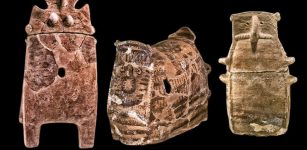 Blue Eyed People In Northern Israel 6,500 Years Ago: New DNA Results
Archaeology | Aug 22, 2018
Blue Eyed People In Northern Israel 6,500 Years Ago: New DNA Results
Archaeology | Aug 22, 2018 -
 Could Neanderthals Meditate? Scientists Investigate
Archaeology | Jun 30, 2022
Could Neanderthals Meditate? Scientists Investigate
Archaeology | Jun 30, 2022 -
 Amanitore – Nubian Warrior Queen And Her Pyramids
Historical Figures | Aug 13, 2018
Amanitore – Nubian Warrior Queen And Her Pyramids
Historical Figures | Aug 13, 2018 -
 Discovered – Large Mysterious Structure Hidden Under The Sand In The Sahara Desert – A New Pyramid Or Something Else?
Archaeology | Nov 13, 2019
Discovered – Large Mysterious Structure Hidden Under The Sand In The Sahara Desert – A New Pyramid Or Something Else?
Archaeology | Nov 13, 2019 -
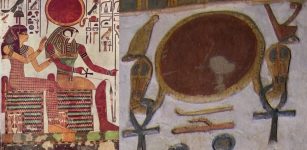 Eye Of Ra – Powerful Ancient Egyptian Symbol With Deep Meaning
Ancient Symbols | Jan 23, 2019
Eye Of Ra – Powerful Ancient Egyptian Symbol With Deep Meaning
Ancient Symbols | Jan 23, 2019 -
 On This Day In History: The Great Fire Of London – On July 10, 1212
News | Jul 10, 2016
On This Day In History: The Great Fire Of London – On July 10, 1212
News | Jul 10, 2016 -
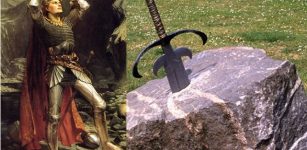 How King Arthur Became One Of The Most Pervasive Legends Of All Time
Featured Stories | Feb 12, 2017
How King Arthur Became One Of The Most Pervasive Legends Of All Time
Featured Stories | Feb 12, 2017 -
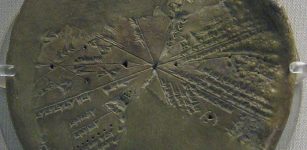 Assyrian King Ashurbanipal’s Great Library With Thousands Of Cuneiform Tablets
Civilizations | Dec 9, 2015
Assyrian King Ashurbanipal’s Great Library With Thousands Of Cuneiform Tablets
Civilizations | Dec 9, 2015 -
 Herostratic Fame Relates To Herostratus Who Burned The Beautiful Temple Of Artemis To Become Famous
Ancient History Facts | Jan 6, 2017
Herostratic Fame Relates To Herostratus Who Burned The Beautiful Temple Of Artemis To Become Famous
Ancient History Facts | Jan 6, 2017 -
 Prehistoric Legacy Of The Mysterious Burnt City
Civilizations | Jan 22, 2021
Prehistoric Legacy Of The Mysterious Burnt City
Civilizations | Jan 22, 2021 -
 Tragic Tale Of The Cursed House Of Atreus
Featured Stories | Apr 12, 2021
Tragic Tale Of The Cursed House Of Atreus
Featured Stories | Apr 12, 2021 -
 On This Day In History: Battle of Devil’s Hole Was Fought – On Sep 14, 1763
News | Sep 14, 2016
On This Day In History: Battle of Devil’s Hole Was Fought – On Sep 14, 1763
News | Sep 14, 2016 -
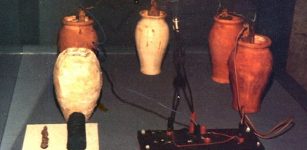 Was Prehistoric Baghdad Battery A Unique Find Of The Ancients? – Did Its Manufacturers Discover Electricity By Accident?
Ancient Technology | Mar 8, 2019
Was Prehistoric Baghdad Battery A Unique Find Of The Ancients? – Did Its Manufacturers Discover Electricity By Accident?
Ancient Technology | Mar 8, 2019 -
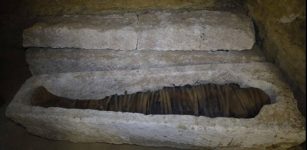 Tombs With Sarcophagi Of High Priests Including One Dedicated To Sky God Horus Unearthed In Egypt
Archaeology | Jan 31, 2020
Tombs With Sarcophagi Of High Priests Including One Dedicated To Sky God Horus Unearthed In Egypt
Archaeology | Jan 31, 2020 -
 Burial Practices In Unified Cultures Of Early Medieval Europe
Archaeology | Jan 22, 2021
Burial Practices In Unified Cultures Of Early Medieval Europe
Archaeology | Jan 22, 2021 -
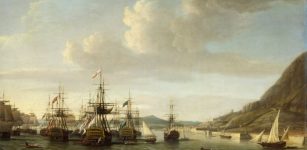 On This Day In History: Great Siege Of Gibraltar Begins – On June 16, 1779
News | Jun 16, 2016
On This Day In History: Great Siege Of Gibraltar Begins – On June 16, 1779
News | Jun 16, 2016 -
 Mead: Secret Drink Of The Vikings And Gods – Was It An Ancient Antibiotic?
News | Feb 21, 2016
Mead: Secret Drink Of The Vikings And Gods – Was It An Ancient Antibiotic?
News | Feb 21, 2016 -
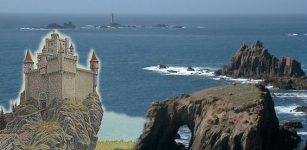 Sunken Land Of Lyonesse: Legendary Kingdom That Influenced Stories Of Writers And Fishermen
Featured Stories | Mar 16, 2017
Sunken Land Of Lyonesse: Legendary Kingdom That Influenced Stories Of Writers And Fishermen
Featured Stories | Mar 16, 2017 -
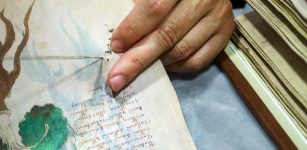 Mysterious Voynich Manuscript Was Written In Two Languages – Scientists Say
Archaeology | Apr 24, 2017
Mysterious Voynich Manuscript Was Written In Two Languages – Scientists Say
Archaeology | Apr 24, 2017 -
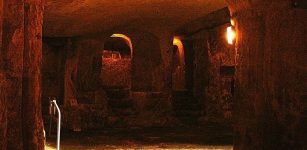 Magnificent St. Paul’s Catacombs – Largest Underground Roman Cemetery In Malta
Featured Stories | Aug 28, 2019
Magnificent St. Paul’s Catacombs – Largest Underground Roman Cemetery In Malta
Featured Stories | Aug 28, 2019

